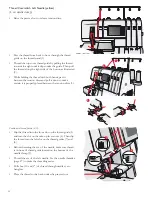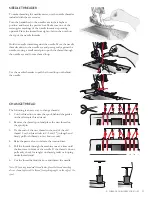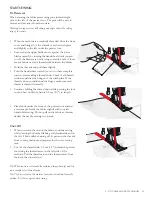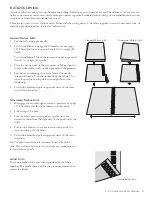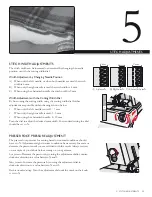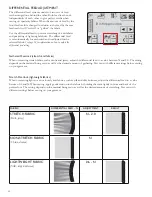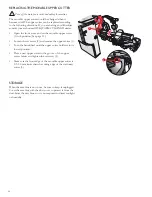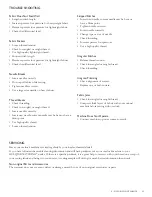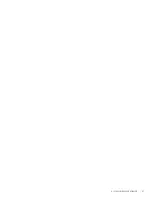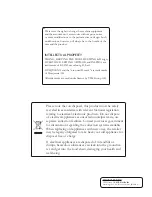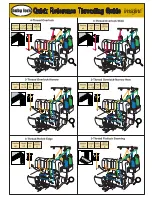
40
DIFFERENTIAL FEED ADJUSTMENT
The differential feed system consists of two sets of feed
teeth arranged one behind the other. Both feed teeth work
independently of each other to give perfect results when
sewing on speciality fabrics. When the amount of feed by the
front feed teeth is changed in relation to the feed by the rear
IHHGWHHWKLWZLOO´VWUHWFKµRU´JDWKHUµWKHIDEULF
Use the differential feed to prevent stretching of knit fabrics
and puckering of lightweight fabrics. The differential feed
is set automatically for each stitch and is adjusted for the
selected fabric.
6HHSDJHIRULQIRUPDWLRQRQKRZWRDGMXVWWKH
differential feed setting.
Gathered Overlock (stretch, knit fabrics)
When overcasting stretch fabric, such as knits and jersey, adjust the differential feed to a value between N and 2.0. The setting
depends on the material being sewn as well as the desired amount of gathering. Test sew with different settings before sewing
on your garment.
Stretch Overlock (lightweight fabrics)
When overcasting light woven or loosely knit fabrics, such as silk and silky knitwear, adjust the differential feed to a value
between 0.6 and N. When sewing, apply gentle tension to the fabric by holding the seam lightly in front and back of the
presser foot. The setting depends on the material being sewn as well as the desired amount of stretching. Test sew with
different settings before sewing on your garment.
FABRIC
DIFFERENTIAL FEED – N
ADJUSTMENT
RESULT
STRETCH FABRIC
(Knit, jersey)
N - 2.0
NON-STRETCH FABRIC
(Chino, denim)
N
LIGHTWEIGHT FABRIC
(Silk, silky knitwear)
0.6 - N
Содержание Huskylock S25
Страница 1: ...KEEPING THE WORLD SEWING User s Guide ...
Страница 4: ......
Страница 30: ...28 ...
Страница 44: ...42 ...
Страница 49: ...6 MACHINE MAINTENANCE 47 ...
Страница 50: ...48 ...

